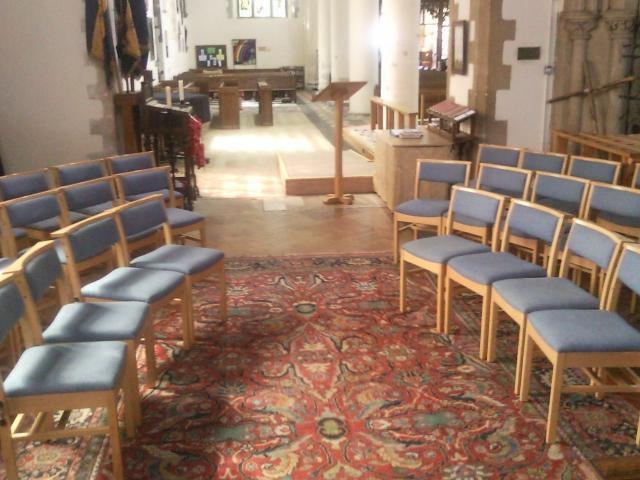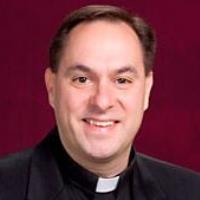My first call was in a mixed-race neighborhood, across the street from a public middle school. The playground in our front yard was a beautiful reflection of the neighborhood; children of all colors and backgrounds playing together. The sound of their laughter often served as a prelude to gatherings at church. The problem was that, as most Lutheran congregations, we were a white church. We had African American families as members but our structure, our way of seeing things, our worship style was primarily European.
It began a struggle for me of how we plan worship “in community.” Of course, gathering a variety of congregation members together to pick hymns, plan seasonal themes, and orchestrate creative expressions of ancient patterns was part of planning a communal worship experience. It’s important to bring together a group of people that reflect the diversity of experience in our congregation. Otherwise, we tend to replicate the patterns and themes that we know by heart, setting into stone assumptions about culture and tradition. Even though it can be frustrating to have people around a table with different styles or preferences, good worship planning requires compromise. I used to tell people, “As long as some of the people are unhappy, we must be doing something right. You just don’t want the same people unhappy all the time. Everyone gets a chance to sing something that they hate!”
I’ve always resisted the trend to have worship services that are one style. The traditionalists get to have all they want at 8 a.m. The baby-boomers get a band at 9:15 a.m., and the super-cool people get the jazz liturgy once a month on Sunday evening. It’s a consumerist model to think worship should be about my own personal style. What if worship is a practice of enacting a larger world, a world that includes others who are different? What if we consider worship planning as a spiritual practice that loves God’s marvelous creation in all its wide diversity?
I always felt, however, that planning “in community” was bigger than just collecting the people in the church who were different. Somehow we needed to take into account the world that was outside our doors, too. How we worship ought to connect us to the wider world, not just serve our own personal needs. Gathering around Word and Sacrament is, at once, local and global. It’s African drumming and Gregorian chanting. It’s spontaneous and carefully orchestrated. It’s open and loving toward all.
As we plan, we recognize that worship occurs within a series of concentric or interlocking circles. We consider our own tradition but with a wider view of our “community.” Perhaps it’s the neighborhood around the church. Perhaps it’s the expression of a global partner. Perhaps it sounds like pop music. Perhaps it sounds old-fashioned. Perhaps it requires a new language. Perhaps it’s saying old words in new forms. Perhaps it’s setting aside my preferences in order to learn someone else’s.
We should recognize that planning worship “in community” in this way is always risky. It’s most natural, of course, when everyone is at the table. However, this is not always possible. Without certain voices, we risk appropriating or misusing another’s beloved text or song. We risk tokenizing a group of people or claiming someone else’s experience as our own. Or we risk setting aside the complicated task of blending because it’s difficult and it generates discomfort; we maintain the status quo. Planning “in community” requires humility and a strategic plan for exploring how we are making mistakes. Particularly in congregations where diversity isn’t present inside, it requires finding partners who can critique and correct; who are willing to walk alongside us to teach and admonish us. Particularly for white people, it means being open to criticism; to set aside our feelings of wounded or pouty pride when challenged. In short, it requires being “in community” with a wider range of people from diverse backgrounds. This is not only the work of worship, it’s the work of being faithful Christians in this age.
How do you do worship planning “in community?” What have been the blessings and challenges of trying to blend experiences? What advice do you have for those of us who are beginning this work?
Bradley Schmeling’s bimonthly Working Preacher column, “Designing the Mystery,” looks at how to plan worship and preaching that connects with the liturgy.

